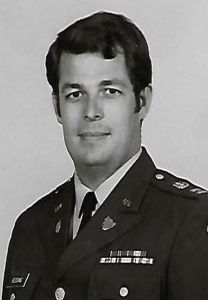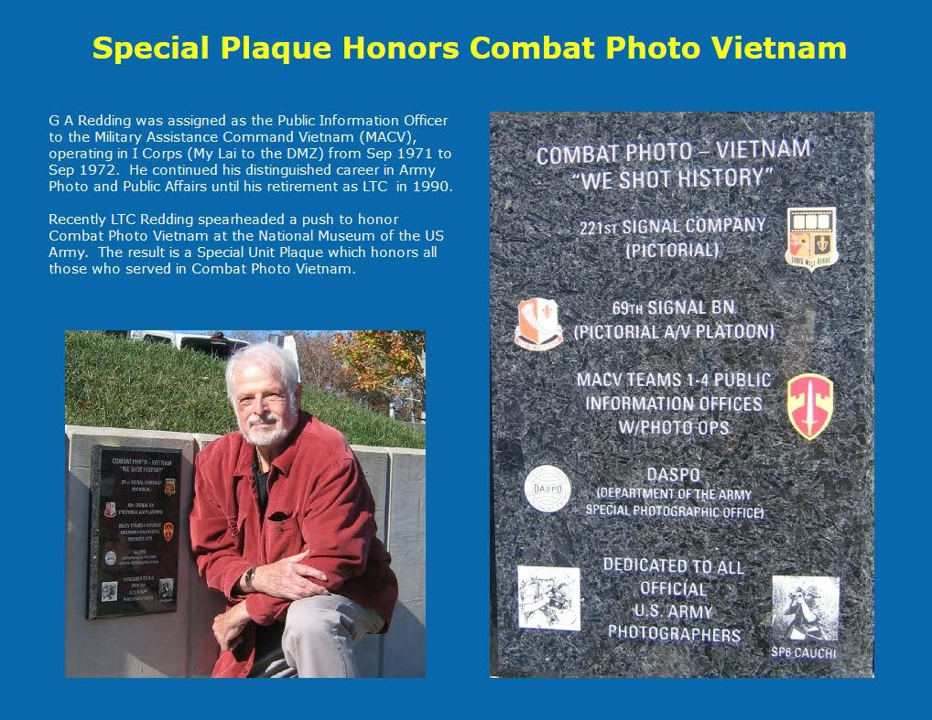By LTC (Ret) G. A. Redding
AGCRA Editor's Note - In case you were unaware, decades ago, elements of today's Army Public Affairs were previously under the AG Corps structure. This included organizations like the Defense Information School (DINFOS), Fort Benjamin Harrison, IN. This historical article by LTC (Ret) G. A. Redding, provides an outstanding example of those AG Soldiers who served in the fields of public affairs, print journalism, photojournalism, photography, television and radio broadcasting, lithography, equipment maintenance, and various forms of multimedia.

With the departure of the 3rd Battalion, 21st Infantry, from the Da Nang area, Republic of Vietnam (RVN), on August 11, 1972, U.S. forces officially ended participation in the Vietnam ground war. At the peak of U.S. participation in the ground war in 1969, there was a total of 112 maneuver Battalions engaged in the conflict. Soldiers from the Battalion will either be reassigned to other units within the RNV or returned to the United States using usual returnee procedures.
Nicknamed “The Gimlets,” the Battalion arrived in Vietnam on August 14, 1966. They originally operated in the Tay Ninh Province, Military Region III. In April 1967, the Battalion along with its parent Brigade was attached to Task Force Oregon and shifted to the Chu Lai area in Quang Tin and Quang Provence, Military Region I. The Task Force was later organized into the U.S. 23rd Division (Americal) and participated in several large operations conducted in the Quang Tin and Quang Ngai Provinces.
More recently, the Battalion was moved to Da Nang where it provided security for the air base and other military units in the area. LTC Rocco Negris of Springfield, VA was the Battalion Commander. Duties of the Battalion were taken over by the South Vietnamese 3rd Infantry Division. There were only four helicopters available to execute the entire Battalion’s extraction. They’d drop off the RVN Soldiers and pick up the U.S. Solders. But why only four helos? Well, by that time there weren’t all that many U.S. Hueys available. As the U.S. participation in Vietnam continued to fade, there were less than six U.S. Army Hueys in I Corps sporting a U.S flag on their tail.
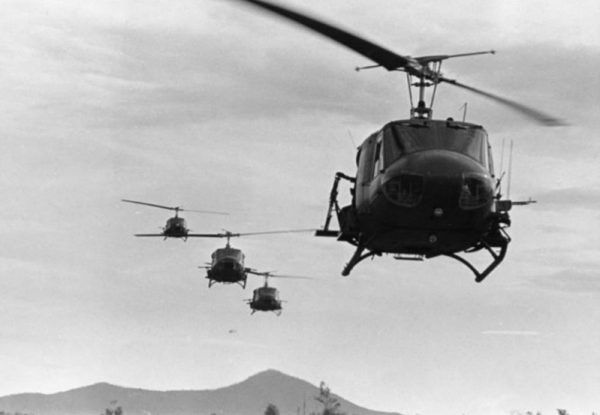
(Then) CPT G. A. Redding, AG Corps, accompanied a CBS news crew throughout the 3rd Battalion’s extraction and stayed at the Battalion’s Fire Base on Hill 260 until a final U.S. motorcade left the Fire Base and all other U.S. personnel were extracted by the Hueys. At the end of the Battalion’s extraction there was a certain uneasiness over the ground that had been fought over for so many years. After what seemed an eternity, a lone helo returned that afternoon to extract CPT Redding and the CBS news crew. In stepping onto the helo skid, CPT Redding was effectively the last Soldier to leave a U.S. fire base in RVN. The photos that follow show the extraction of the 3rd Battalion.
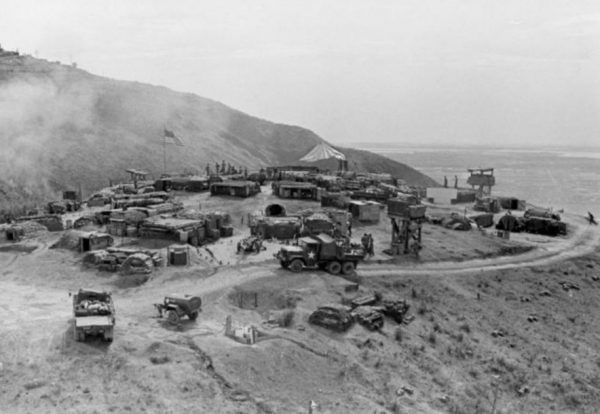
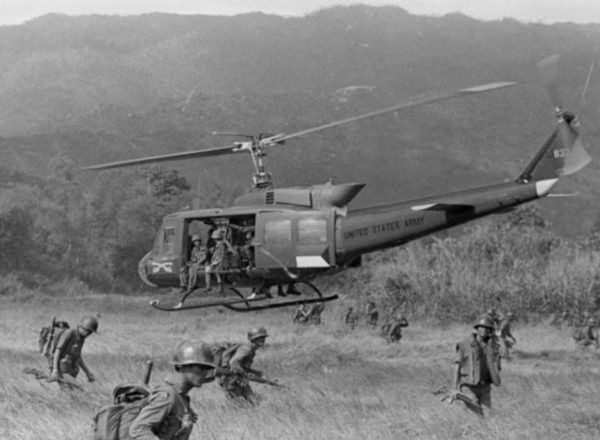
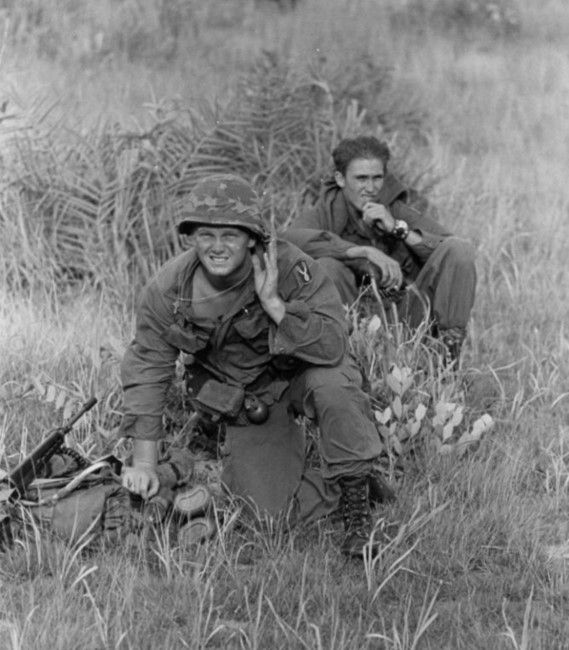

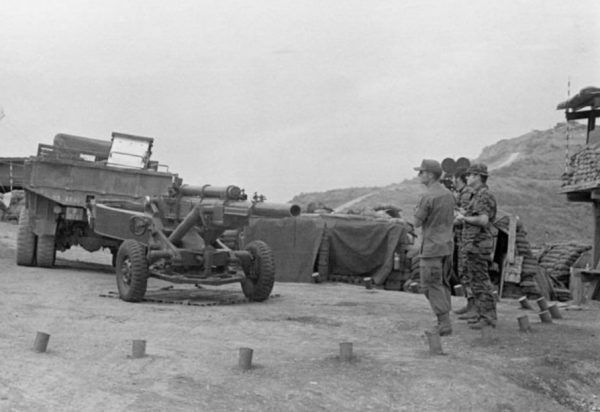
About the Author: During his Army career, now LTC (Ret) G. A. Redding served in various AG assignments including the Defense Information School (DINFOS), Fort Benjamin Harrison, IN (1974 – 1978); Office of the Secretary of Defense, American Forces Information Service (AFIS) (1978 – 1982 and 1985 – 1990); and as Executive Officer, U.S. Army Audiovisual Center (USAAVC), the Pentagon (1983 – 1985). LTC (Ret) Redding retired from the Army in 1990. LTC (Ret) Redding is also an AGCRA Founding Member.
